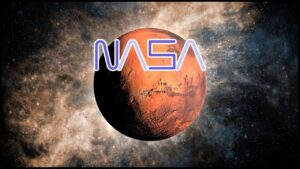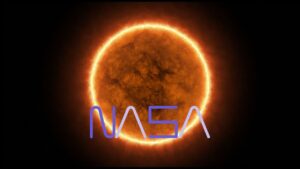Latest News
Unexplained Phenomena on Mars: NASA Finally Explains the Radioactive Traces—And It’s Not What You Think!
NASA's Curiosity Rover has unveiled the mystery behind radioactive traces on Mars. These traces, caused by cosmic rays, provide essential insights into Mars' geological history and radiation levels, helping scientists understand the planet’s past and future for exploration.
NASA Just Discovered Solar Curtains on the Sun—Here’s How This Plasma Spectacle Forms
NASA’s Daniel K. Inouye Solar Telescope has captured “solar curtains”—ultra-thin plasma structures on the Sun just 12–20 kilometers wide. These stripes reveal how small-scale magnetic fields evolve, influencing solar flares and space weather. Scientists also observed microflares—tiny explosions of energy—that could unlock mysteries like coronal heating. This discovery could revolutionize solar forecasting and safeguard Earth’s technology from space storms.
Goodbye to Space-Time Limits: This Black Hole Is Spinning Faster Than Anyone Thought Possible
M87*, the supermassive black hole at the heart of galaxy Messier 87, is spinning at nearly the speed of light—about 90% of the theoretical maximum. Thanks to new data from the Event Horizon Telescope, scientists now have a clearer picture of how black holes grow, form jets, and twist space-time. This milestone opens up new possibilities in astronomy, physics, and space exploration.
We Are Not Alone”: NASA’s Discovery of Exomoons Could Be the Breakthrough Humanity’s Been Waiting For
NASA’s search for exomoons—moons orbiting planets beyond our solar system—may soon change everything we know about life and space. With candidates like Kepler-1625b I and cutting-edge tools like JWST, scientists are closer than ever to confirming the first exomoon. These distant moons could harbor oceans, atmospheres, and even life. This article breaks down the science, tools, and implications in a clear, friendly, and professional tone.











